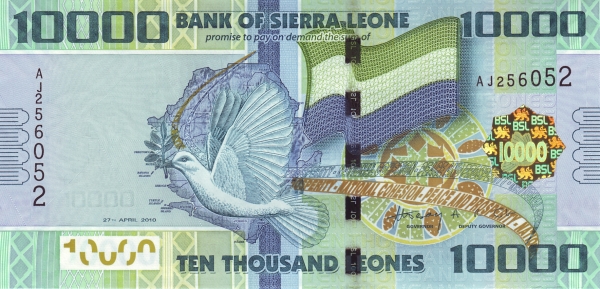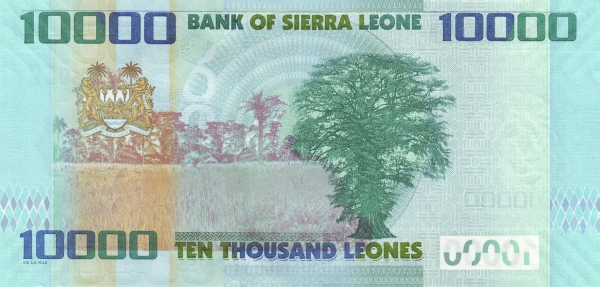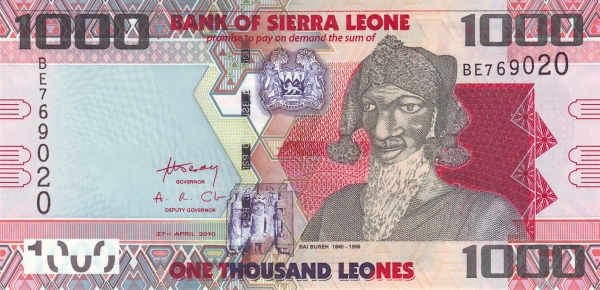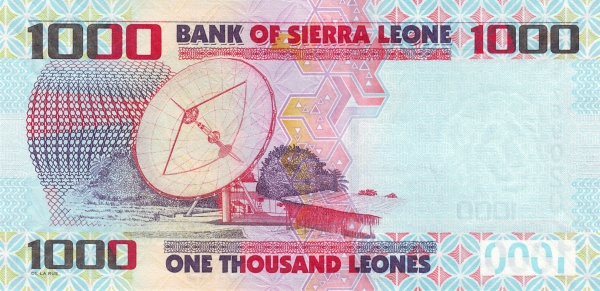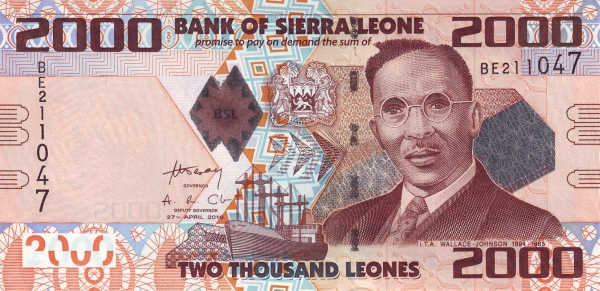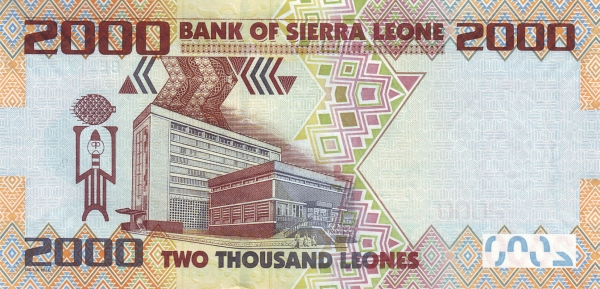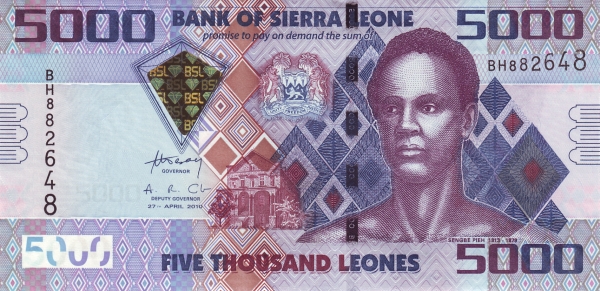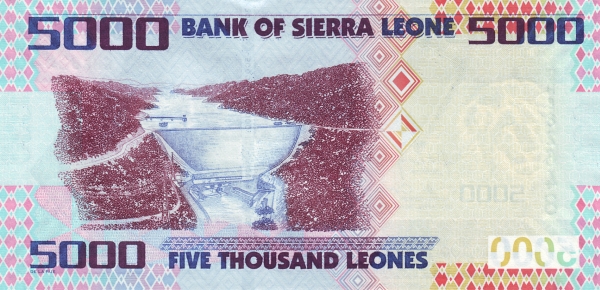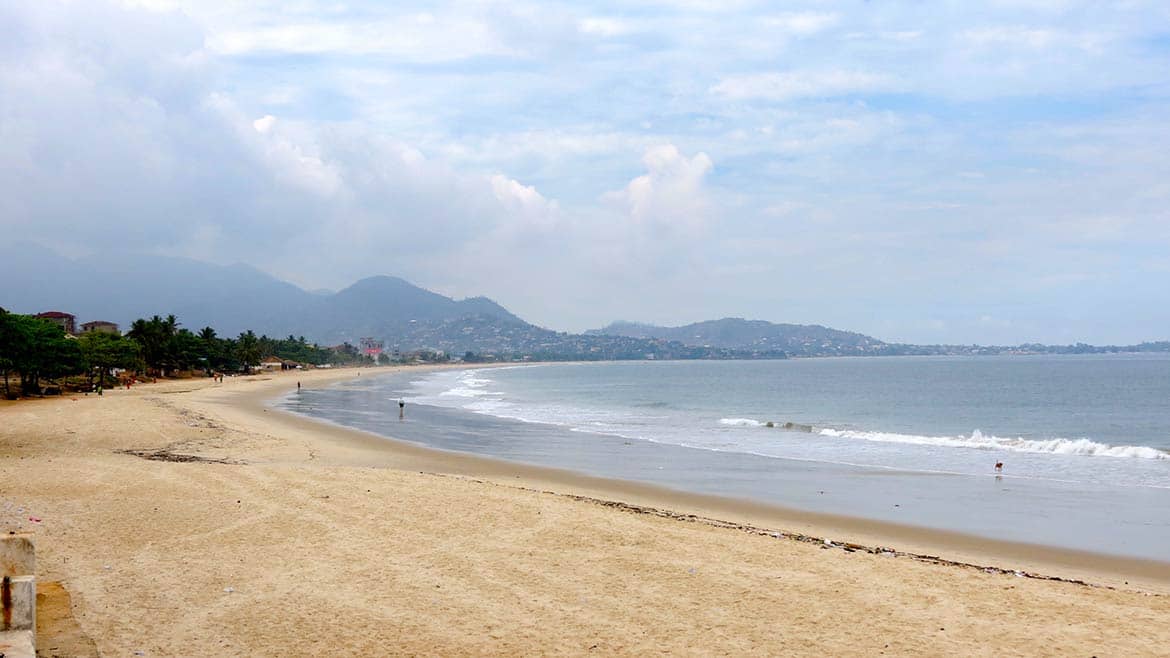Sierra Leone: A Unique Tropical Paradise
Nestled along the mesmerizing coast of West Africa, Sierra Leone captivates visitors with its stunning landscapes and rich history. This tropical haven enjoys a strategic location that places it alongside the Atlantic Ocean to the southwest, bordered by Liberia to the southeast and surrounded partially by Guinea to the north and northeast. Travelers seeking an adventure in Sierra Leone will discover much to explore and appreciate.
A Brief Historical Overview
In the late 18th and early 19th centuries, the British established the area around Freetown as a resettlement location for freed slaves, including London's "Black Poor" and numerous African American refugees from the American Revolution. Remarkably, by 1808, Sierra Leone became a British Crown Colony. The nation ultimately gained independence in 1961, yet today, it struggles as one of the poorest members of the Commonwealth.
The Geography of Sierra Leone
Spanning an impressive area of 71,740 square kilometers, Sierra Leone slightly outweighs Ireland or falls just short of the size of South Carolina. The landscapes are diverse, featuring a flat coastal belt, the hilly regions to the east, and towering mountains that form part of the Guinea Highlands. Among these majestic peaks, Mount Bintumani, standing at 1,948 meters (6,391 feet) within the Loma Mountains in Koinadugu, represents the highest point in the country. As one traverses through Sierra Leone, one cannot help but marvel at the beauty of its main waterways, including the Tai River, the Sewa River, and the Moa River.
Population and Culture
An estimated 7 million people call Sierra Leone home (according to the 2015 census), with the vibrant city of Freetown serving as the capital and the primary port. This bustling urban center is positioned in the northwest along the coast of the North Atlantic Ocean. In terms of language, English stands as the official tongue, yet many locals also speak English Creole, Temne, Mende, and various West African languages. Religion plays a vital role in the culture, with a significant majority of the populace, approximately 78%, practicing Islam, while about 21% identify as Christians.
Climate and Seasons
Sierra Leone lies within Africa's tropical zone, experiencing a climate characterized by high humidity and warm temperatures. The country has two distinct seasons: the rainy season, which extends from May to December, and the dry season, occurring from December to May. This climate fosters a lush environment, making it a breathtaking location for eco-tourism enthusiasts and nature lovers.
Political Landscape
A Turbulent Past
From 1991 until 2002, Sierra Leone endured a devastating civil war involving intense conflict between the government and the Revolutionary United Front (RUF). This fracas resulted in the loss of tens of thousands of lives and created a humanitarian crisis with over 2 million people displaced—about one-third of the nation’s inhabitants. Many of those affected sought refuge in neighboring countries.
The Role of International Support
Throughout this challenging period, the United Nations peacekeeping forces, along with contributions from the World Bank and the global community, facilitated the demobilization and disarmament of RUF and Civil Defense Forces (CDF) combatants. Remarkably, following national elections in May 2002, the government gradually restored its authority. However, the reduction of most UN Mission in Sierra Leone (UNAMSIL) peacekeepers in 2004 and early 2005, alongside the precarious political and economic conditions in Guinea and neighboring Liberia, posed significant threats to Sierra Leone's stability.
Contemporary Governance
Recognizing the need for sustainable governance, Sierra Leone operates as a republic with a democratically elected president and parliament. This governance structure reinforces the country's independence, which was officially achieved on April 27, 1961.
Diverse Geography and Environmental Assets
Located strategically in Western Africa, Sierra Leone boasts a landscape that features a coastal belt of delicate mangrove swamps, lush wooded hills that edge the interior, and a mountainous plateau within the territory. The impressive Loma Mansa, or Bintimani, peaks at 1,948 meters, contributing to the breathtaking topography.
The People and Their Rich Heritage
Demographics and Diversity
Sierra Leoneans, representing a myriad of ethnic groups, contribute to the country’s vibrant culture. The largest ethnic groups include the Temne and Mende, each comprising around 30% of the populace. The nation also hosts a small but significant Lebanese community, further enriching its cultural tapestry. The predominant religions are Islam, practiced by about 60%, followed by Christianity at approximately 30%, and a small percentage adhering to animist traditions.
Languages Spoken
The linguistic landscape of Sierra Leone is equally diverse, as English serves as the official language. However, with a literacy rate estimated between 15% and 30%, many locals communicate in Krio, Temne, Mende, and around 15 other indigenous languages. This linguistic diversity adds depth to the cultural fabric of the nation.
Natural Resources and Economic Potential
Sierra Leone boasts abundant natural resources, including diamonds, gold, titanium, bauxite, iron ore, and chromite. The country's agricultural sector shows promise with products such as rice, cocoa, coffee, palm oil, and a variety of livestock, including poultry, cattle, and pigs. Fishing also plays a significant role in the economy, providing both sustenance and trade opportunities.
Industry and Trade
The local industries, while diverse, primarily focus on diamond mining and small-scale manufacturing. Areas such as beverages, textiles, and petroleum refining mark other significant industrial activities. Sierra Leone's exports reflect its rich resources, with iron ore, diamonds, rutile, cocoa, coffee, and fish among the primary commodities traded on the international market.
Trade Relationships
China, Belgium, and the United States emerge as key partners in Sierra Leone’s trade landscape. Notably, in 2015, China accounted for approximately 31.3% of exports, while Belgium contributed around 27.8%. As Sierra Leone continues its journey toward economic recovery, these international relationships hold the potential for future growth and development.
Largest cities of: Sierra Leone
| City Name | Population | Year of foundation | |
| Freetown | 1,180,000 | 1792 | |
| Bo | 200,000 | 1827 | |
| Kenema | 130,000 | 1995 | |
| Makeni | 110,000 | 1792 | |
| Port Loko | 90,000 | 1779 | |
| Koidu | 70,000 | 1995 |
Sierra Leone: Money
